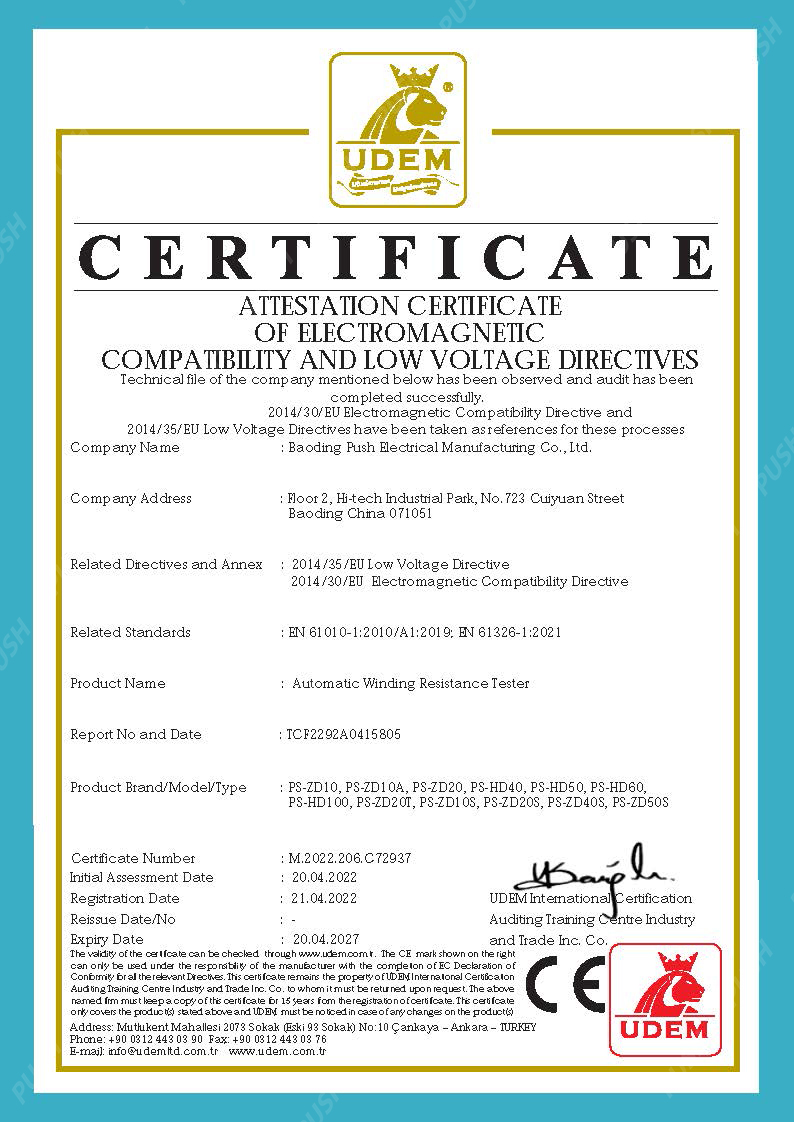 English
English


Advancements in Gas Chromatography Instruments for Enhanced Analytical Performance and Efficiency
Understanding Gas Chromatography Instruments A Comprehensive Overview
Gas chromatography (GC) is an analytical technique widely used for separating and analyzing compounds that can be vaporized without decomposition. This method is crucial in many fields, including chemistry, environmental science, pharmaceutical development, and food safety. At the heart of this technique lies the gas chromatography instrument, which plays a pivotal role in achieving accurate and reliable results.
A typical gas chromatography instrument consists of several key components the injector, the column, the oven, the detector, and the data system
. Each of these components works together to facilitate the separation of different substances present in a mixture.The injector is the component where the sample is introduced into the GC system. Samples can be in liquid or gas form, and the injector's job is to vaporize the liquid samples to ensure that they can pass through the column efficiently. There are different types of injectors, including split, splitless, and on-column injectors, each with its own advantages depending on the nature of the sample and the analysis required.
Once the sample is injected, it enters the column, which is a long, narrow tube that is typically packed with a stationary phase material. The choice of stationary phase is crucial because it affects the interaction between the various components of the sample and the column. As the sample travels through the column, different compounds interact with the stationary phase to varying degrees, causing them to separate based on their volatility and partitioning behavior. Columns can be either capillary or packed, with capillary columns being more commonly used due to their greater resolution and efficiency.
gas chromatography instrument

The oven surrounding the column plays a vital role in maintaining the temperature, which is essential for the separation process. Temperature programming is often employed, where the temperature is gradually increased during the run to help separate more complex mixtures by providing a better resolution between the compounds.
After the compounds have been separated, they reach the detector, which identifies and quantifies them. Common types of detectors used in gas chromatography include thermal conductivity detectors (TCD), flame ionization detectors (FID), and mass spectrometers (MS). Each detector has its strengths and weaknesses; for example, FID is highly sensitive to organic compounds, while MS provides detailed molecular information about the compounds being analyzed.
Finally, the data system collects and analyzes the signals generated by the detector, transforming them into a usable format such as chromatograms. These graphical representations allow chemists and researchers to interpret the results, identify compounds, and quantify their concentrations in the original sample.
In conclusion, gas chromatography instruments are essential tools in analytical laboratories, offering precise separation and analysis of complex mixtures. Understanding the individual components and their functions is crucial for optimizing the gas chromatography process and achieving accurate results. As the technology continues to evolve with advancements in detectors and data analysis software, the capabilities of gas chromatography will further enhance its application across various scientific fields, ensuring its relevance in modern analytical chemistry.
-
Differences between open cup flash point tester and closed cup flash point testerNewsOct.31,2024
-
The Reliable Load Tap ChangerNewsOct.23,2024
-
The Essential Guide to Hipot TestersNewsOct.23,2024
-
The Digital Insulation TesterNewsOct.23,2024
-
The Best Earth Loop Impedance Tester for SaleNewsOct.23,2024
-
Tan Delta Tester--The Essential Tool for Electrical Insulation TestingNewsOct.23,2024





